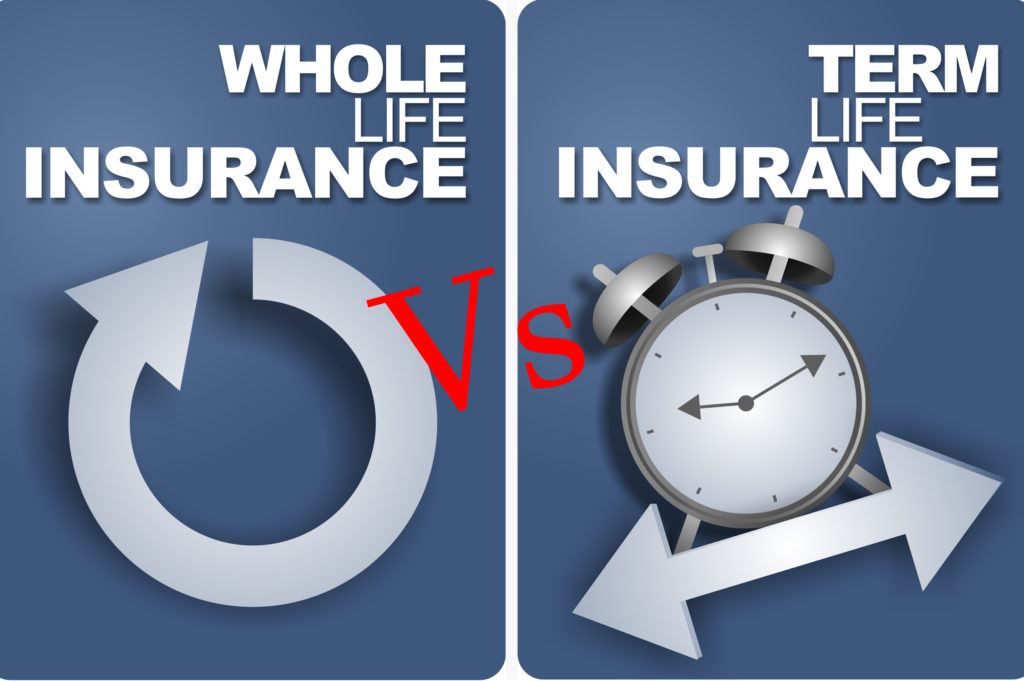Authored by Blake Rogers, Jimmy Hinton and Ricky Reynolds, Colonial Life & Accident Insurance Company
Life insurance is always a little tricky to talk about. You have dental insurance to keep your smile healthy and car insurance so you can afford to repair your car after a fender-bender. But life insurance is different: In most cases, it’s your beneficiary who receives the benefits.
Most of America’s workers sidestep the issue by relying on the group life insurance they get at work. You likely offer your employees group life coverage with a flat dollar amount benefit or a multiple of salary. And don’t get us wrong: This is an extremely important benefit to offer, and employees value it highly. LIMRA’s 2015 Life Insurance Awareness Month Facts reported nearly seven in 10 employees have access to this type of financial protection at work, and 80 percent of those participate.
A growing gap in coverage
The problem is employer-provided group life coverage is all the life insurance most people have — and it’s not nearly enough. LIMRA estimates there’s a growing trillion dollar gap between the amount of life insurance we need and the amount we have (news release, Sept. 8, 2015). And most U.S. workers know it. Sixty-five percent of employees with group life coverage believe they need more life insurance beyond what their employer provides.
It isn’t just the dollar amount that’s a concern. Your group life insurance only covers your employees while they’re working for you. If they change jobs, or retire, or have to leave work for any reason, the coverage usually ends. If that reason was a serious health problem, they may not be able to get coverage elsewhere later.
That’s why it’s important to offer your employees supplemental life insurance. Voluntary life insurance employees select and pay for themselves can provide additional coverage and an ongoing financial safety net families can rely on.
Offer choices for different needs
Just like the other benefits you may offer, life insurance shouldn’t be one-size-fits-all.
Term life insurance is less expensive but covers only a set period of time, such as 10 or 20 years. If you have younger or lower-income employees, term can help them get started with some coverage. It also can be a good fit for those who want to protect the “if” — if they die prematurely and need income replacement or help paying off a mortgage.
Permanent life insurance can provide lifelong protection for the “when” — the idea is it’ll still be in place when you die. Unlike term insurance, permanent coverage accumulates cash value. You could say it’s more like buying a house than renting an apartment. The policyholder can take out a loan against the cash value if needed for unexpected expenses or even to pay the premiums.
There are several types of permanent plans, but perhaps the best choice in today’s economic environment is whole life insurance. Interest rates have been low for years, and that’s likely to continue. Whole life premiums and cash value don’t depend on current interest rates as much as universal life or variable life, so it offers more stability.
For example, Colonial Life’s recently enhanced whole life plan features a “triple guarantee” — the premiums, cash value and death benefit are all set at the point of sale and won’t fluctuate based on economic conditions. That means your employees know exactly what they’re buying now and what they can expect in the future, as long as they pay premiums and repay any loans.
Removing the interest rate rigmarole means whole life is a much less complex type of life insurance for enrollers to explain and for employees to understand. That also makes it a better fit for your workplace benefits enrollment. Even if you take advantage of no-cost one-to-one benefits education sessions for your enrollment that providers such as Colonial Life offer (and we certainly hope you do), the time each employee has for decision-making is limited. In this case, simpler is better. Today’s enhanced whole life plans also can include valuable additional coverage, such as an accidental death benefit rider or long-term care benefit rider. Paying for long-term care is a top financial concern for American consumers, according to LIMRA’s 2016 Insurance Barometer Study. A significant number of those who took the survey said they’d be interested in a plan that combines life and long-term care coverage. A long-term care rider can pay a monthly benefit amount if the policyholder qualifies for certain types of long-term care assistance.
No need to kid around
Whole life insurance also is a valuable voluntary benefit your employees may want to select for their children, grandchildren, stepchildren or adopted children. This can begin a lifetime of protection at affordable rates. The younger children are when their coverage starts, the lower the rate. In fact, LIMRA’s 2015 Insurance Barometer Study says 45 percent of those who purchase juvenile life insurance do so to lock in a low rate. Buying whole life for a child also protects them against the chance an unexpected accident or illness could make life insurance more expensive — or even unavailable — later on.
Just like adult coverage, juvenile whole life accumulates cash value at a guaranteed rate as long as the policy is in effect. Of course, life insurance isn’t designed as a savings plan. But it can help play a role in providing a financial safety net, now and in the future.
Whole life offers a whole lot of value for your employees. If you’d like to learn more about how you can make this benefit —or other life insurance — available to your employees without affecting your benefits budget, give any of us a call.
Source
